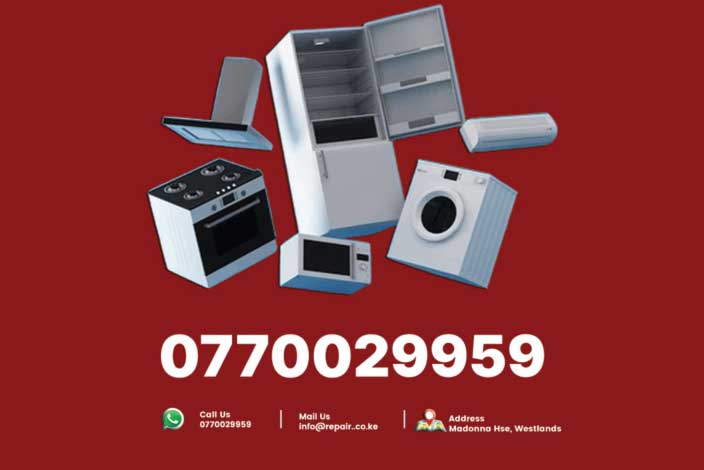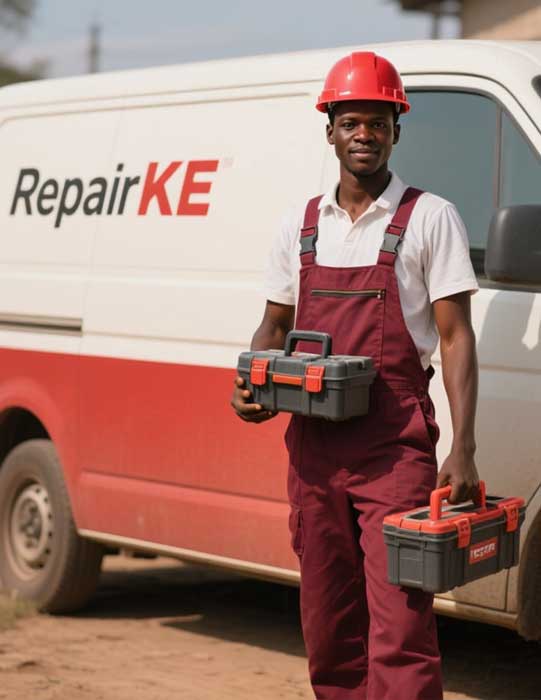Inadequate Penetration
Authored by Repair.co.ke
Inadequate penetration occurs when the weld fails to fuse deeply enough into the base material or joint, resulting in weak welds that may fail under stress. This fault compromises the structural integrity of the weld, making it a critical issue in applications requiring strength, such as construction or manufacturing.
Common causes of inadequate penetration include incorrect machine settings, such as low amperage or voltage, which fail to generate sufficient heat to melt the base material adequately. Slow wire feed speed in MIG welding or improper electrode selection in stick or TIG welding can also contribute. Operator errors, such as excessive travel speed or incorrect torch angle, may prevent proper heat distribution. Machine-related issues, such as inconsistent power output or a faulty control board, can further reduce penetration by delivering erratic current.
To diagnose inadequate penetration, inspect the weld bead for shallow fusion or incomplete joint filling. Cross-sectional analysis, if feasible, can confirm insufficient penetration depth. Verify that the machine’s amperage, voltage, and wire feed speed settings align with the material thickness and welding process. For example, thicker materials require higher amperage to achieve proper fusion. Check the electrode or filler wire for compatibility and ensure the workpiece is clean and free of contaminants like rust or oil, which can hinder penetration. Test the machine’s output with a multimeter to confirm consistent power delivery. If issues persist, internal components may require professional repair.
Preventive measures include calibrating machine settings based on material specifications and welding standards. Use the correct electrode or filler wire for the material and joint type, and maintain proper welding technique, including consistent travel speed and torch angle. Regular maintenance, such as checking power output stability and cleaning contact tips, can prevent machine-related issues. Thoroughly prepare workpieces by removing contaminants and ensuring proper joint fit-up to facilitate penetration.
Inadequate penetration can lead to costly rework or structural failures, particularly in high-stakes applications like pipeline welding. By addressing settings, technique, and machine maintenance, welders can achieve deep, strong welds that meet quality standards. Professional training and adherence to welding procedures further reduce the risk of this fault, ensuring reliable performance.
Authored by Repair.co.ke






